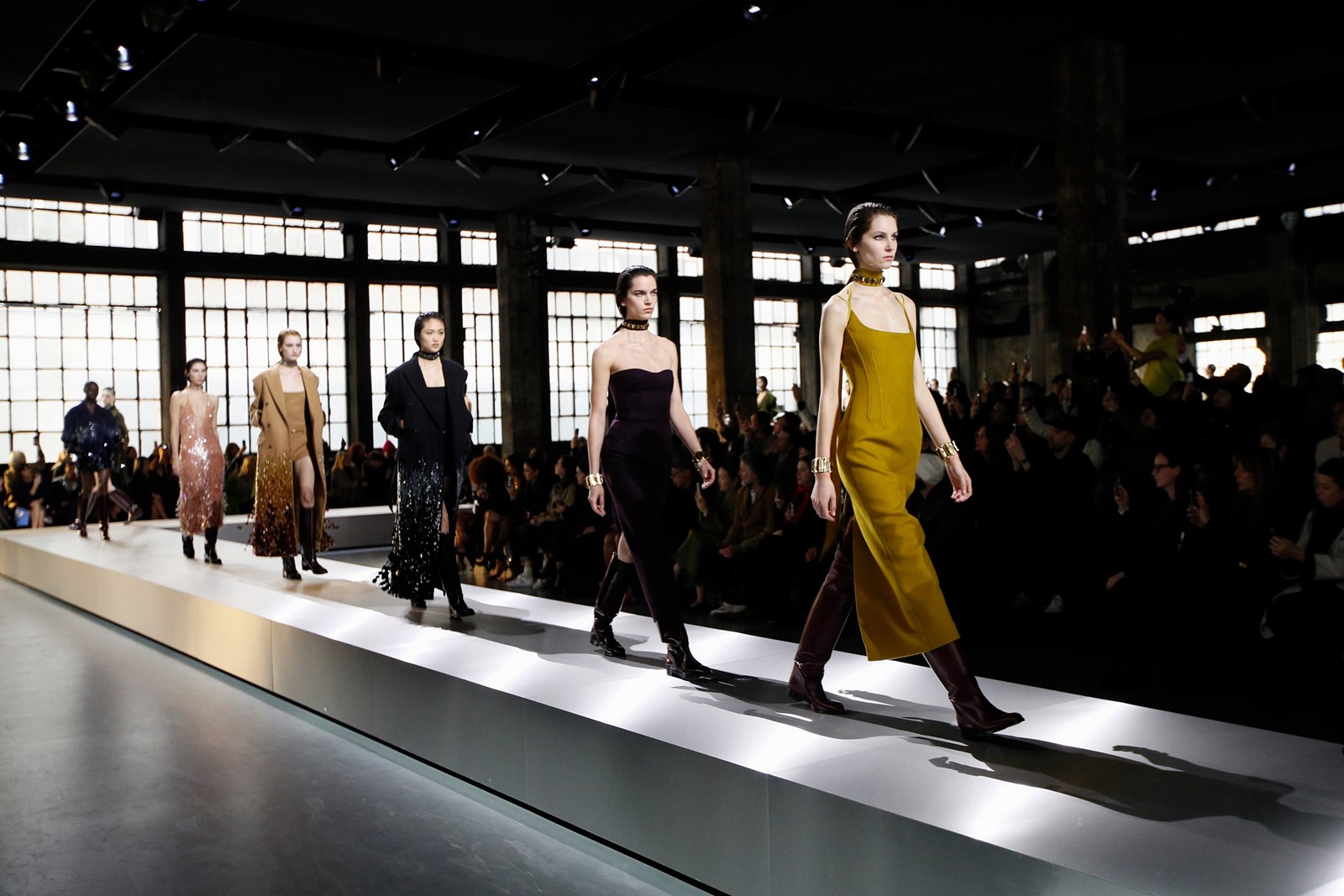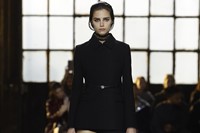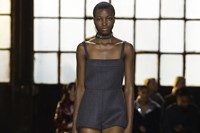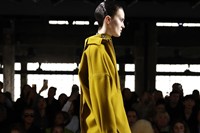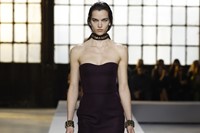After a women’s debut that wiped the slate clean and stripped Gucci right back, and a men’s follow-up based around the idea of ‘mirroring’ that pared-back debut, what was Sabato De Sarno’s eagerly-awaited third act – his Autumn/Winter 2024 womenswear show – going to comprise? In short, a reinforcement of his new codes for the brand, a reiteration of the importance of craft, and a reassertion of the idea of luxury. The latter was an idea that leapt out, as did one phrase in his quote placed on each seat – “Visualising and stratifying aspirations.” That may amount to a manifesto of what De Sarno is trying to do at Gucci – namely, send the luxe level soaring, champion the house’s inherent artisanship and, on a more basic yet fundamental level, to simply make beautiful things. That’s something to aspire to.
It’s an idea that was also a focus of his first two shows – both is which harnessed (no Gucci equestrian pun) the know-how of Gucci’s craftspeople to create exceptional objects. This time, however, the message was framed differently. A raised catwalk, for one, seemed to re-focus the eye: “View things from a perspective different from what is presumed most appropriate” was part of that opening quote. And in that respect, certainly, this show was markedly different to the intended perspective of his debut, set to be unveiled on Milanese streets until rain stymied those plans last September. By contrast, rather than in the everywhere everyday, this collection placed De Sarno’s clothes on an ultra-traditional fashion pedestal, the sort of true-to-type elevated catwalk we don’t see very often anymore. The idea, De Sarno intimated, was to pull out details, to make us look at these clothes differently – to pay attention, in short, in a world that conspires to distract.
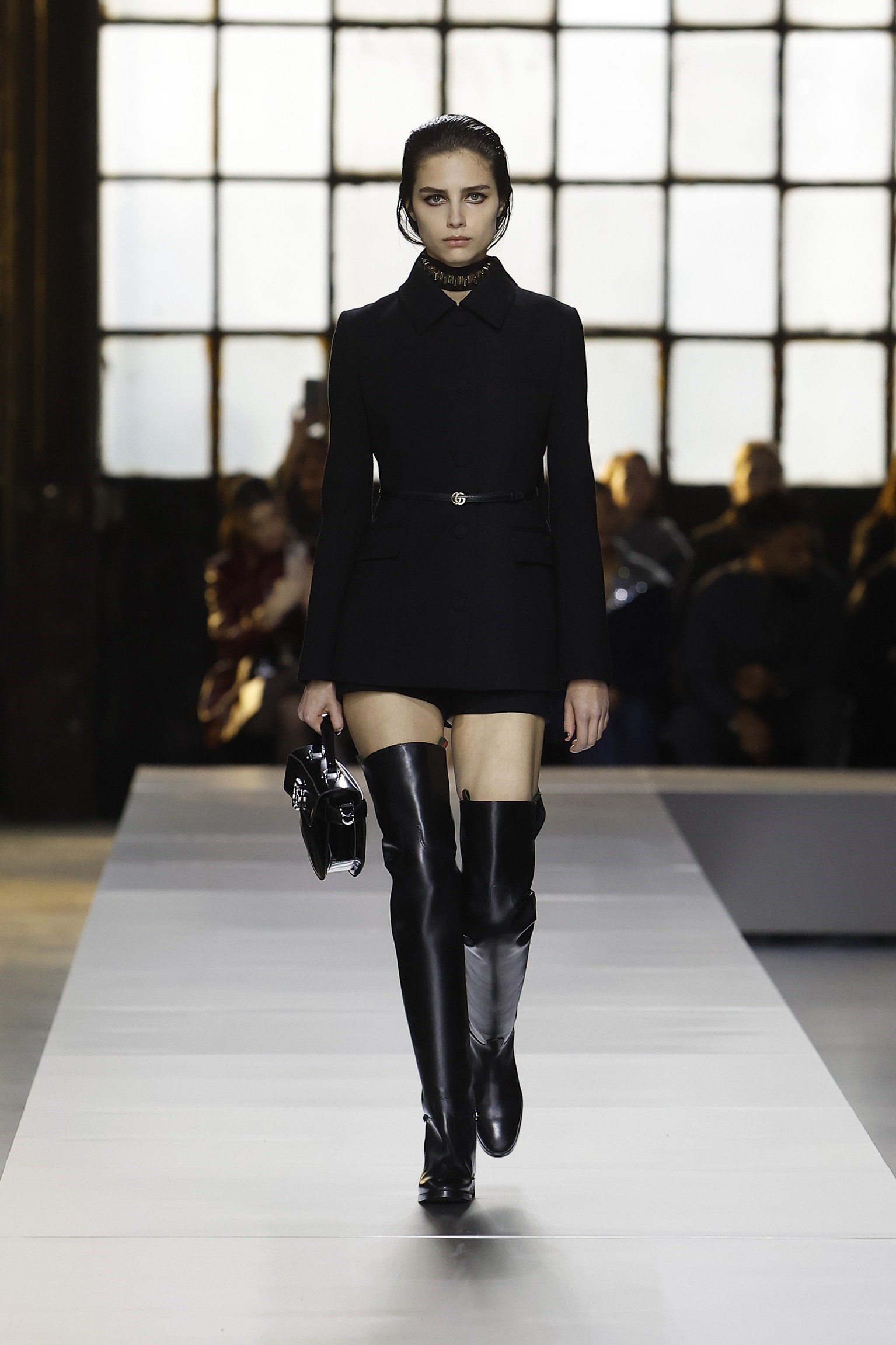
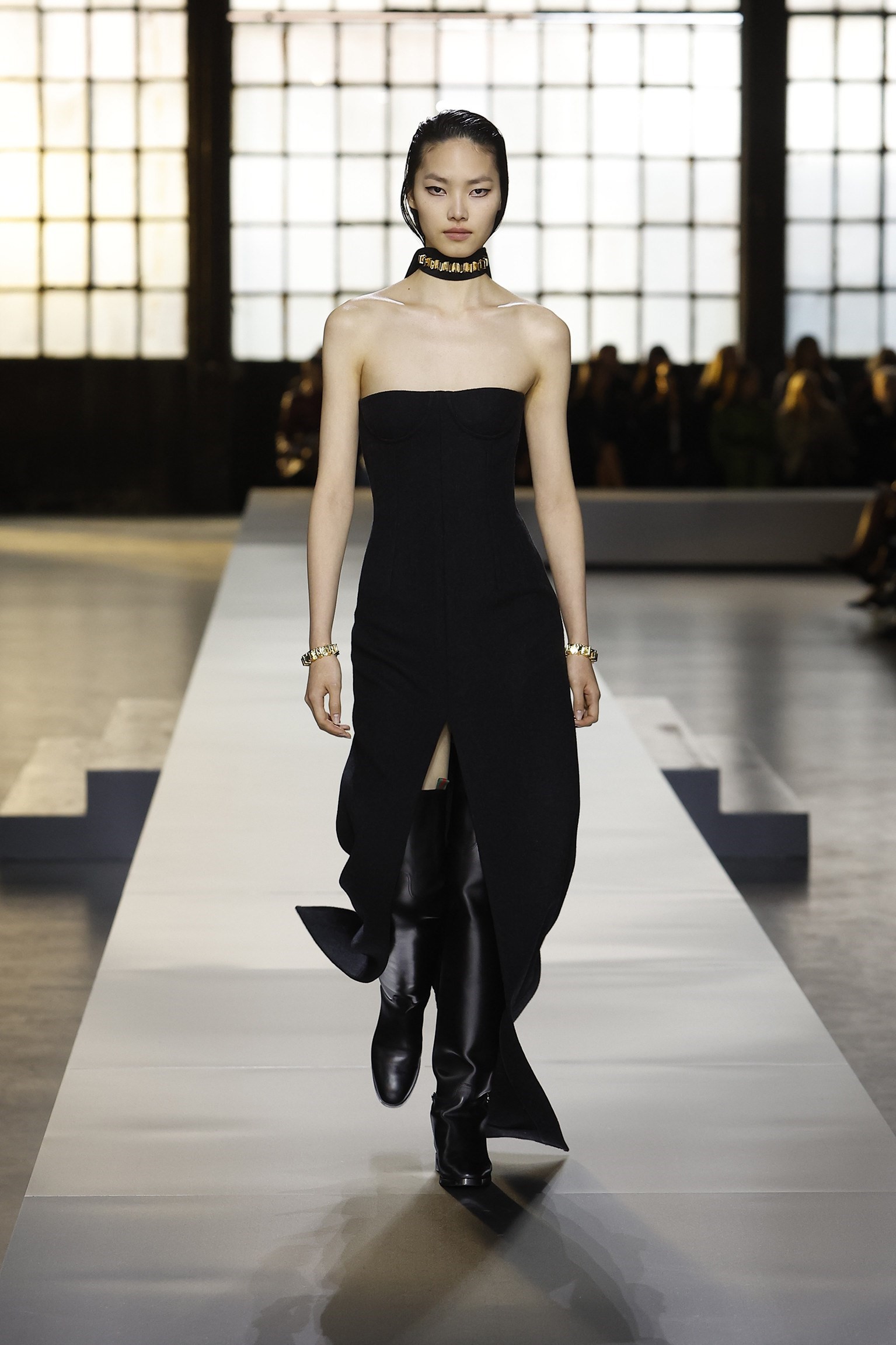
So, there were details galore – tiny bits, barely discernible to the naked eye that somehow leapt out from that stage. Details like a gold-toned double-G button unexpectedly fastening a vent at the nape of the neck on some of those coats, diamanté droplets on shoes, or ribbon neckties lassoing archival-inspired chain necklaces to throats and fluttering down the spine. And, of course, the bags – curved styles with double-G clasps, or chased brass bamboo-shaped clasps on patent clutch bags. They were the kind of things that should have got lost on the big stage, and in a big show, but paradoxically they pulled your attention.
There was also indeed a focus on craft: but not craft as a justification for clothes, but rather craft as a way of embellishing, of elevating. Tailoring was superlatively cut, for sure – the quality of the fabrics resonated visually as paillette and bead embroidery, conversely, clashed and crashed and made its presence felt by an almost ASMR swoosh around each moving model. The same was true of cabled knitwear with bugle fringe embedded in its ribs. Physically quieter were lace dresses, spliced and reconstructed with panels of silk chiffon and appliqués of velvet. And, of course, on leather – high polish-calf riding boots were revealed unexpectedly under sheer or cut-away dresses.
High polish is a phrase that’s already synonymous with De Sarno’s Gucci – a fashioned whole, with the focus on individual items, clothes that can be pulled apart, worn and loved forever. He’s evidently hoping to make something that will last another hundred years, as Gucci already has. “Capture the extraordinary where the ordinary is expected,” he said. That’s a noble aim, and one he’s perhaps achieving.
